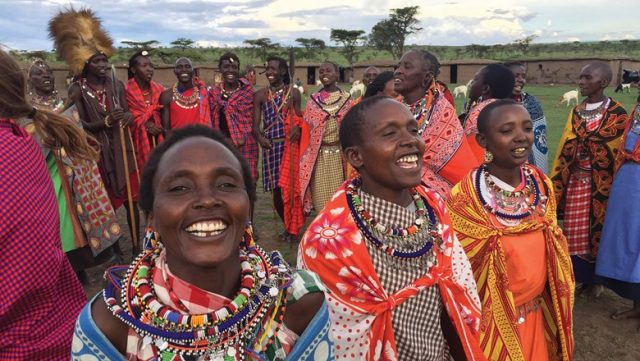
The likes of South Africa have scaled the height in making more women step into powerful leadership positions in business, politics and economics. Kenya, on the other hand, is still struggling and if the latest data on global gender balance is anything to go by, it might take an eternity before we have got there. According to the Global Gender Gap index 2020, Kenya ranks 109 out of 153 nations, a drop of 33 positions compared to that reported in 2018.
In Sub-Saharan Africa, Rwanda tops the region while Uganda, Tanzania and Ethiopia take up positions 10, 11 and 13 respectively. Kenya lags behind at position 20. Of the various categories in the Global Gender gap index, Kenya performed poorly in economic participation opportunity and educational attainment but made improvements in the health and survival as well as political empowerment.
A Mckinsey report, titled “The Power of Parity: Advancing Women’s Equality in Africa”, revealed that parity is extreme in Kenya, In the business frontier, only 18.1 per cent of the firms in Kenya have women in top management. However, there is a higher number of women employed part-time than men with this being 44.25 per cent and 28.9 per cent of the labour force respectively.
“Only a relatively small number of economies— namely Botswana, Kenya, Uganda, Rwanda, and South Africa—have made headway, inflating the average score. At the current rate of progress towards parity, it would take 20 years to achieve equality on boards and 118 years on executive committees,” noted the report.
Generally, Africa is below the global average on ensuring that women are adequately enabled to take advantage of economic opportunities. Among factors affecting these numbers is limited access to mobile technology which has been cited as a hindrance to employment opportunities, hampering communication and access to financial services.



